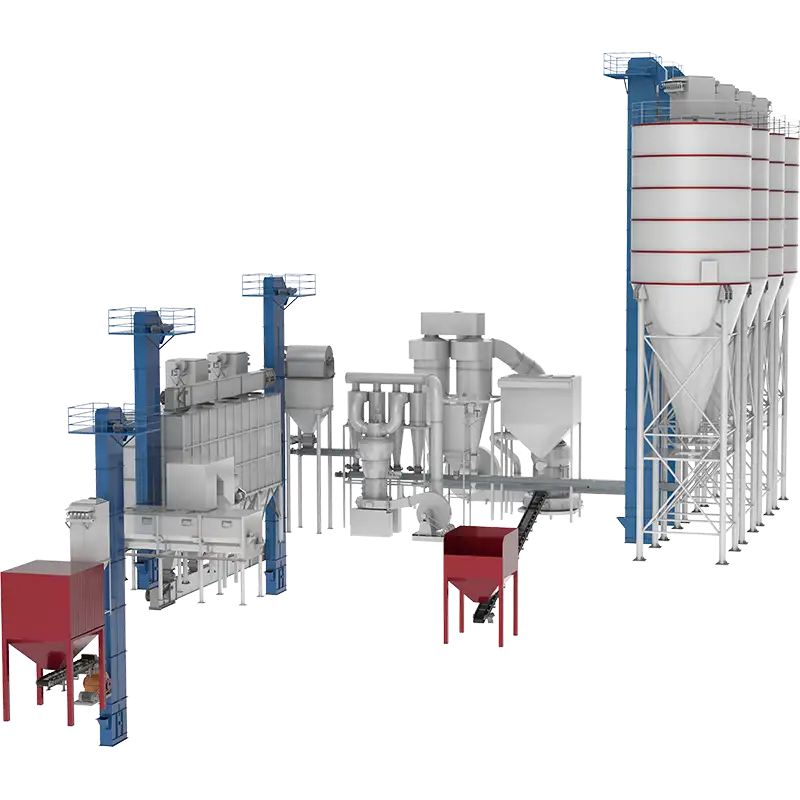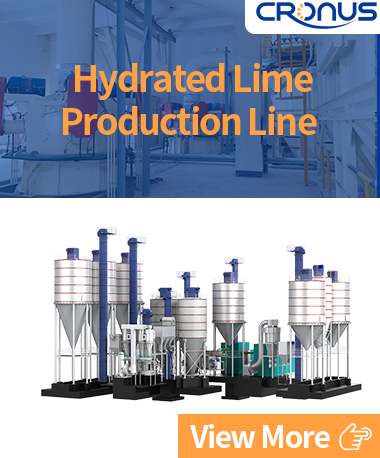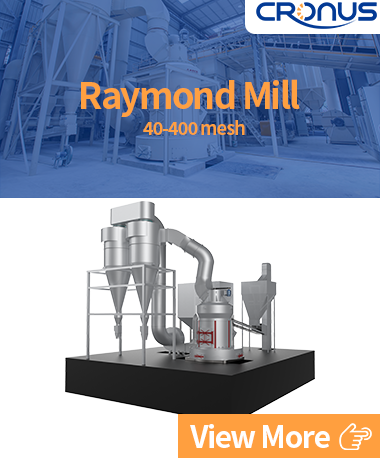
What are the most important indicators of ultrafine calcium carbonate? Is the higher the better?
For ultrafine calcium carbonate, particle size, specific surface area, crystal shape and oil absorption value are the most important technical indicators, which directly affect the application performance of ultrafine calcium carbonate.
Of course, the importance of other indicators is not denied here, but other indicators are relatively easier to achieve in industry.
However, for special products, the emphasis on various technical indicators of ultrafine calcium carbonate is different due to different uses, and the requirements are also different, so they cannot be treated the same.
Particle size and specific surface area
How to make the average particle size of the primary particles of ultrafine calcium carbonate reach 0.02-0.1μm is the basic indicator of ultrafine calcium carbonate, which is of course very important, otherwise it is not called ultrafine calcium carbonate.
But strictly speaking, this only completes half of the task of producing ultrafine calcium carbonate. If the surface treatment technology and dispersion technology cannot keep up, the generated primary particles will agglomerate into large secondary particles with a particle size of up to several hundred nanometers.
Therefore, under the transmission electron microscope (TEM), the photos observed or taken can only reflect the size of the primary particles, but not the actual particle size of the secondary particles after agglomeration (because certain technical treatments were made during the sample preparation process). The specific surface area measured by BET for such severely agglomerated ultrafine calcium carbonate is relatively small.
Therefore, only by combining transmission electron microscope observation and specific surface area measurement can a more scientific and comprehensive judgment be made on the fineness, crystal shape and dispersion status of ultrafine calcium carbonate.
The average particle size of ultrafine calcium carbonate is intrinsically related to its specific surface area. Some researchers use sedimentation volume to determine the size of the particle size. As we all know, the factors that affect the sedimentation volume of calcium carbonate include not only the particle size (limestone quality, lime calcination quality, lime digestion, carbonization conditions, etc. will affect the particle size), but also the crystal form of calcium carbonate. Moreover, the crystal form of calcium carbonate is diverse. The same crystal form is not very regular in geometric morphology and cannot be the same as each other. Therefore, the influence of crystal form on sedimentation volume is relatively complex. Therefore, it is not scientific to use the sedimentation volume method to determine the size of the particle size, and the error is large.
In order to effectively prevent the agglomeration of secondary particles, ultrafine calcium carbonate generally needs surface modification treatment, because the surface treatment process not only effectively improves the activity of ultrafine calcium carbonate, but also effectively prevents the agglomeration of secondary particles.
For a special variety of ultrafine calcium carbonate, in order to better meet the requirements of users, there are differences in crystal form and particle size, the choice of surface treatment agent, and experience and tricks in the treatment process.
Therefore, it is very difficult to measure special varieties of ultrafine calcium carbonate for different purposes with a unified standard.
Crystal shape
For ultrafine calcium carbonate, crystal shape is also a very important technical indicator.
As we all know, ordinary light calcium carbonate is spindle-shaped. If it is used in PVC plastic, it will produce greater stress and cause whitening of plastic film. As ultrafine calcium carbonate, products with different crystal shapes should be produced according to different uses. For example:
Ultrafine Calcium Carbonate in Plastics
For plastic applications, ultrafine calcium carbonate needs a simple crystal shape. Cubic or spherical shapes are preferred as they have a smaller stacking volume and lower oil absorption value. A particle size of 0.072μm has a strengthening effect on PVC plastic. It gives products a fine, clean surface with good gloss and electrical insulation. It’s used in soft cable materials, and can meet national standards even when the filling amount is doubled. In plastic film, it reduces whitening and increases low – temperature elongation. In hard plastics like plastic doors, windows, and special – shaped materials, it improves impact strength, with the notch impact strength reaching 49.1kJ/m2.
Chain – shaped Superfine Calcium Carbonate in Rubber
Chain – shaped superfine calcium carbonate has the best reinforcement performance in rubber. It consists of several to dozens of calcium carbonate crystals combined in one direction. It has a three – dimensional structure in rubber and good dispersibility. When mixed with rubber, the calcium carbonate chain breaks into active sections, which combine firmly with the rubber chain. This greatly enhances its reinforcement effect. The order of reinforcement performance of different – shaped superfine calcium carbonate in rubber, from strong to weak, is chain – shaped, needle – shaped, spherical, and cubic.
For superfine calcium carbonate for ink, cubic shape is the best, which is also determined by the properties of ink. In resin-type ink, after filling with superfine calcium carbonate, high gloss, good transparency and good fluidity are required. Cubic shape is most beneficial to the gloss of ink.
Precipitated calcium carbonate for paper coating generally does not belong to the category of superfine calcium carbonate. Its particle size is mostly within the range of fine calcium carbonate (particle size 0.1~1μm), but there is one thing in common, that is, there are certain requirements for crystal shape. Such as requiring opacity (covering rate), high viscosity concentration, whiteness and ink absorption performance. Therefore, flake crystals and cubic crystals are more ideal.
To sum up, it is necessary not only to ensure that the particle size of ultrafine calcium carbonate is 0.02-0.1μm, but also to determine the type of product crystal form according to the purpose, in order to produce marketable products.
Oil absorption value
The oil absorption value of ultrafine calcium carbonate is very important for its application performance, especially for the application performance of plastics, coatings, and inks. If the oil absorption value is large, a large amount of plasticizer will be consumed when used in plastics; if it is used in coatings and inks, the viscosity will increase. Therefore, the oil absorption value cannot be too high.
The factors that affect the oil absorption value of a certain powder include many other factors besides the physical properties of the substance itself, among which the particle size of the powder is an important factor.
Therefore, as ultrafine calcium carbonate, the first thing to consider is the particle size of ultrafine calcium carbonate, its dispersion performance, and whether it has reached the specific surface area corresponding to its particle size. On this basis, consider how to reduce its oil absorption value. Only in this way can it be of practical significance. If its dispersibility is not good, the secondary particles are strongly agglomerated, and the specific surface area is very small, in this case, even if the oil absorption value is low, it has no practical significance in application.
Main content
Relatively speaking, the main content (calcium oxide) of ultrafine calcium carbonate should not be restricted too strictly within a certain range. Because, in most cases, ultrafine calcium carbonate is a functional filler, which affects the physical properties of the filled material, but rarely the chemical properties, and the main content of ultrafine calcium carbonate can meet the requirements of its physical properties within a certain range.
In the preparation process of ultrafine calcium carbonate, in order to obtain ultrafine carbon calcium with various crystal forms, good dispersion and excellent activation properties to meet the requirements of different products such as plastics, rubber, and ink, it is usually necessary to add certain control agents, dispersants, surface treatment agents, etc. Under normal circumstances, these intentionally added “impurities” have no effect on the application performance of ultrafine calcium carbonate, and may even be beneficial. However, due to the intentional addition of these so-called impurities, the main content (calcium oxide) of ultrafine calcium carbonate will definitely be affected.
Of course, some harmful elements, such as iron and manganese, should be strictly controlled whether they are brought in from the raw materials or during the preparation, because these harmful impurities not only affect the color of the product, but also accelerate the degradation rate of the resin itself and the aging of the resin, which should be strictly avoided. Some impurities such as silicon, aluminum, magnesium, etc., not only have an adverse effect on the whiteness of ultrafine calcium carbonate, but also have an adverse effect on the operation in the production process. When selecting limestone raw materials, they should also be controlled.
It can be seen from this that the main content (calcium oxide) of ultrafine calcium carbonate should not be too strict within an appropriate range, otherwise it will affect the development of some special varieties.
The key development direction of ultrafine calcium carbonate is specialization, serialization, variety and functionality. It is unrealistic to think that as long as ultrafine calcium carbonate with a particle size of 0.02-0.1μm is produced, it can be used in all fields such as rubber, plastic, ink, coating, papermaking, etc. regardless of crystal shape, dispersibility and activation.
According to different uses, targeted and distinctive requirements should be put forward for particle size, crystal shape, specific surface area, oil absorption value, main content, etc., so that it can better meet the requirements of different industries and different users. Therefore, it is very difficult to use a unified standard to measure special varieties of ultrafine calcium carbonate for different uses.



